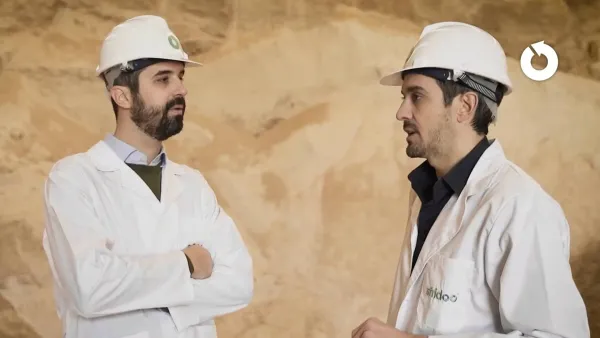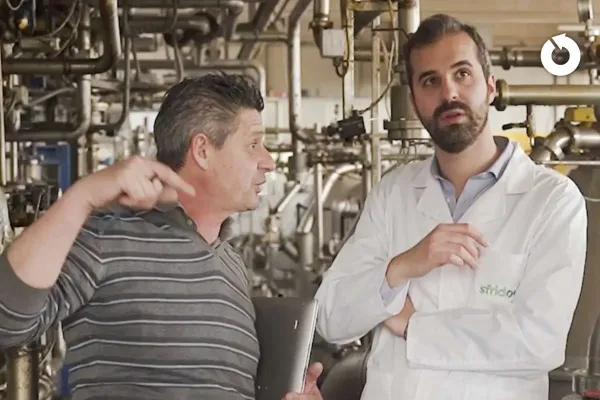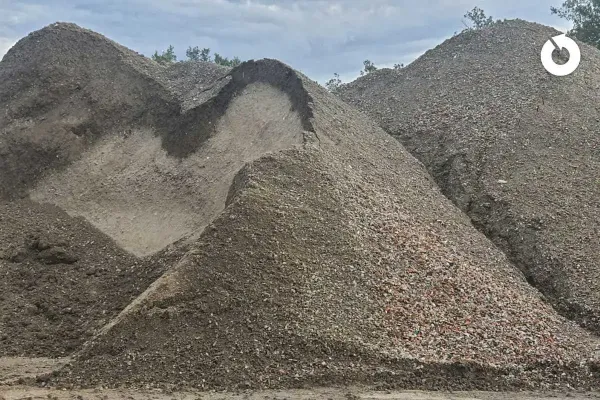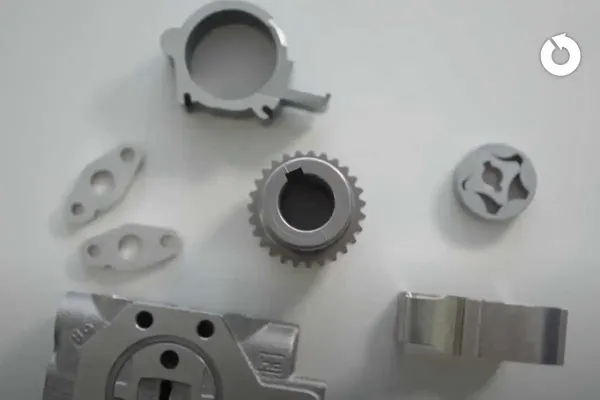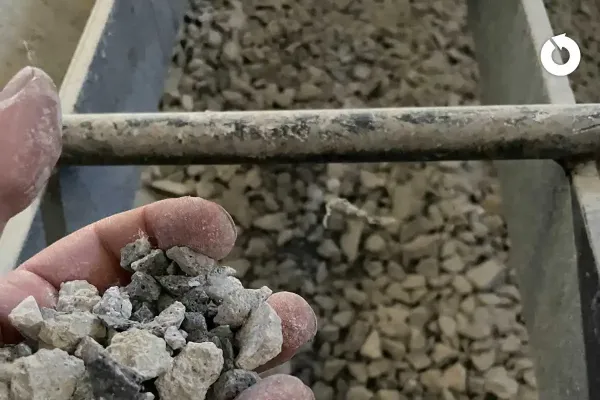Register for free on Sfridoo.com
Buy and sell scrap materials, waste, by-products, secondary raw materials increasing the circularity rate of materials, contributing to the Circular Economy and creating local and national industrial Symbiosis. Find suppliers, new customers and strategic partnerships to increase savings or profit on materials
SUBSCRIBE NOW
